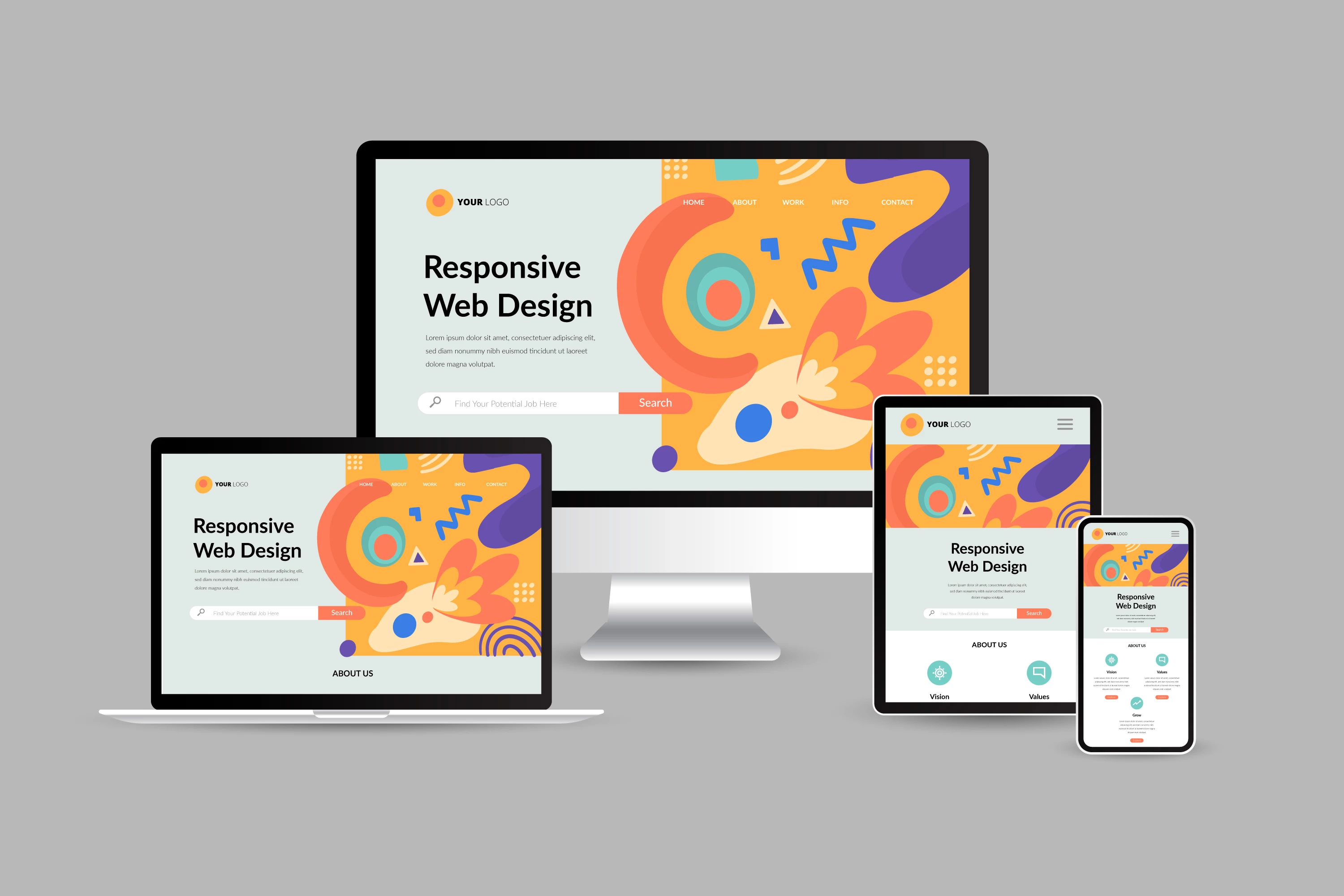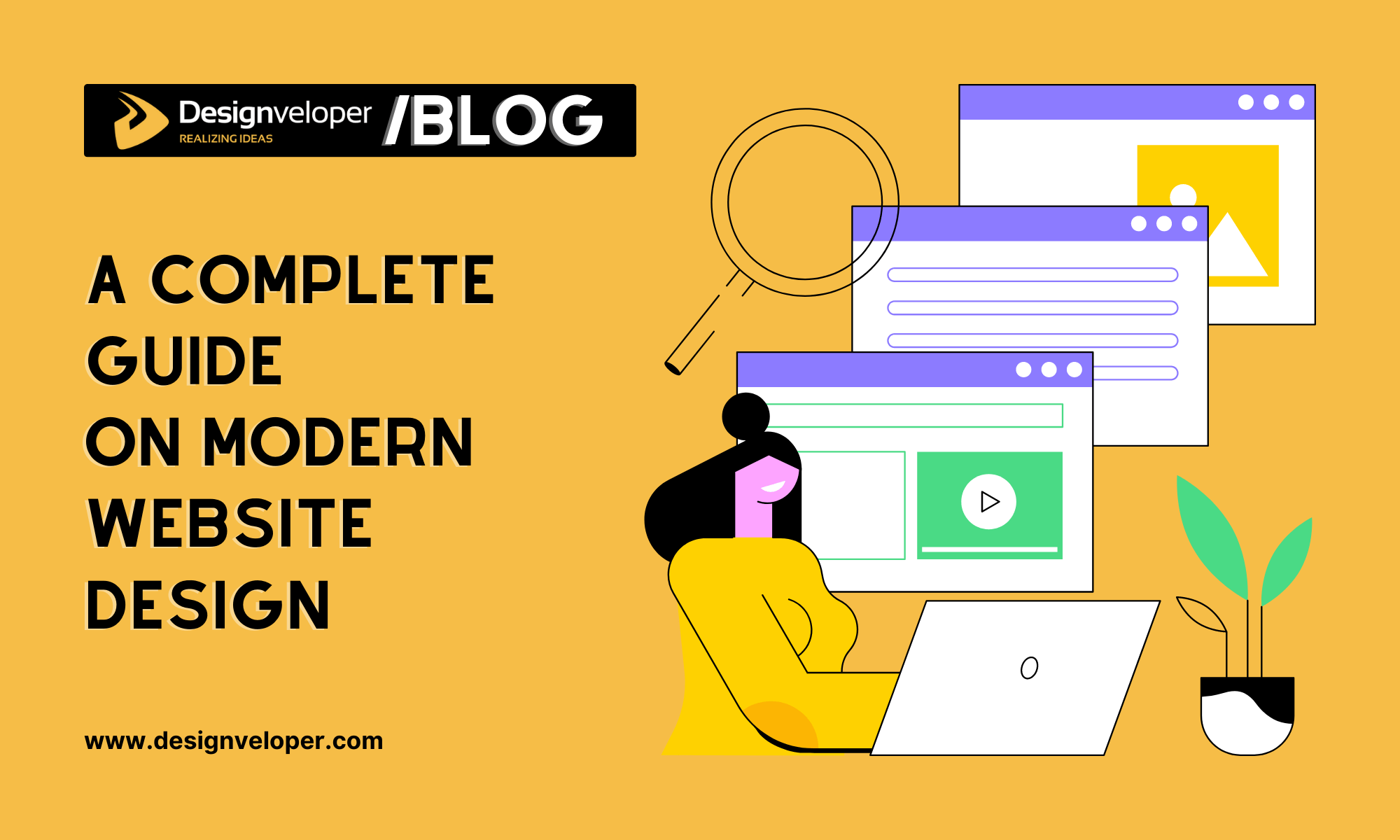Budget-Friendly Website Design Solutions for Medium Businesses
Budget-Friendly Website Design Solutions for Medium Businesses
Blog Article
Top Tips for Creating an Impactful Web Site Style That Converts
In today's digital landscape, the value of an impactful site style can not be overstated, specifically when it involves converting site visitors into customers. To accomplish this, one need to take into consideration a selection of factors, including comprehending the target audience, prioritizing customer experience, and enhancing for mobile systems. The tactical use of compelling call-to-actions and a well-defined visual power structure plays an important role in guiding users via their journey. As we explore these essential components, it becomes obvious that the success of your site depends upon greater than just aesthetics; it requires a thoughtful method to style and functionality.

Understand Your Target Market
Understanding your target audience is basic to reliable site style, as it prepares for producing an appealing individual experience. Identifying who your users are, including their demographics, choices, and habits, enables designers to tailor the site's web content, format, and functionality to satisfy certain requirements.
Performing extensive marketing research is crucial in this process. Surveys, meetings, and analytics can supply valuable insights right into customer expectations and pain points. By compiling this information, designers can produce individual identities that stand for various sectors of the target market, guaranteeing that design choices are informed and relevant.
Moreover, comprehending the target audience assists in selecting suitable style aspects such as color pattern, typography, and images that resonate with individuals. A site that talks directly to its audience fosters a sense of link and trust, encouraging longer sees and greater conversion prices.
Eventually, a user-centered method to website style not just enhances customer satisfaction yet additionally sustains organization objectives by driving involvement and loyalty. By focusing on the demands and choices of the target audience, an internet site can properly serve its function and accomplish desired end results.
Prioritize Customer Experience
To boost the general efficiency of a site, prioritizing customer experience (UX) is essential (Website Design). A well-designed UX makes certain that site visitors can browse the website easily, find details swiftly, and involve with material meaningfully. This results in increased individual fulfillment and higher conversion prices
Begin by applying instinctive navigation. Menus should be practically structured, permitting users to find essential areas of the website with minimal initiative. Consistency in layout aspects, such as color pattern and font styles, fosters experience, which is crucial for preserving user engagement.
Furthermore, consider the filling rate of your web site. A delay of simply a couple of seconds can result in significant drop-offs, as users are much less likely to wait for a slow-loading page. Enhancing photos and maximizing code can boost efficiency and preserve visitors.
Moreover, clarity in material presentation is crucial. Usage succinct, appealing language and break up text with visuals to enhance readability. By focusing on individual experience, you not only develop a more delightful atmosphere for visitors yet likewise strengthen your brand name's integrity. Inevitably, a concentrate on UX is an investment in the lasting success of your web site.
Enhance for Mobile Tools
Maximizing for smart phones is critical in today's electronic landscape, where a boosting variety of users accessibility internet sites through mobile phones and tablets. A mobile-friendly design not just boosts individual experience however also plays a significant role in enhancing online search engine rankings. To achieve this, it is important to adopt a responsive design that automatically adjusts to different display dimensions and alignments.

Loading speed is another crucial element; mobile customers are commonly less client and expect fast access to info. Maximize images and leverage browser caching to enhance performance. Ultimately, examination your website on multiple gadgets and display resolutions to recognize and correct any kind of possible functionality concerns. By prioritizing mobile optimization, you guarantee that your site remains affordable and successfully involves a wider audience.
Usage Compelling Call-to-Actions
A site's performance typically rests on its capacity to direct visitors toward desired activities, making engaging call-to-actions (CTAs) vital elements of design. CTAs work as the essential points that direct users to involve with the site, whether that suggests purchasing, signing up for an e-newsletter, or downloading and install a source.
To create efficient CTAs, quality is vital. Use succinct language that clearly interacts the action you desire the individual to take. Expressions such as "Begin," "Register Free," or "Shop Now" not only communicate necessity but additionally remove obscurity. The from this source positioning of CTAs is similarly vital; they must be purposefully placed throughout the website to ensure they are conveniently noticeable, specifically in high-traffic areas.
Additionally, consider making use of directional signs, such as arrowheads or images, to assist users towards these buttons. By focusing on these components, organizations can significantly enhance individual engagement, driving conversions and ultimately accomplishing their website's goals.
Concentrate On Visual Power Structure
Efficient internet site layout counts heavily on a well-structured aesthetic pecking order that overviews customers through web content effortlessly. By organizing aspects in a manner that focuses on information, developers can improve individual experience and help with decision-making. This involves using dimension, color, contrast, and spacing tactically to accentuate one of the most essential elements of a page.
Using larger fonts for headings and subheadings develops a clear difference in between various areas, permitting customers to check material effortlessly. In addition, read what he said employing different colors for switches and calls-to-action can catch customer interest and urge interaction. Whitespace is another vital element; it stops clutter and makes it possible for users to focus on essential messages without interruptions.
Photos and graphics ought to enhance the message while likewise adhering to the recognized power structure, enhancing the total message (Website Design). Consistency in design components, such as shade systems and typography, additional reinforces the visual pecking order, making navigation instinctive

Final Thought
In conclusion, reliable web site style necessitates a comprehensive understanding of the target audience, prioritization of user experience, and mobile optimization. Ultimately, a well-executed site style serves as a crucial part in driving customer actions and attaining service purposes.
Report this page